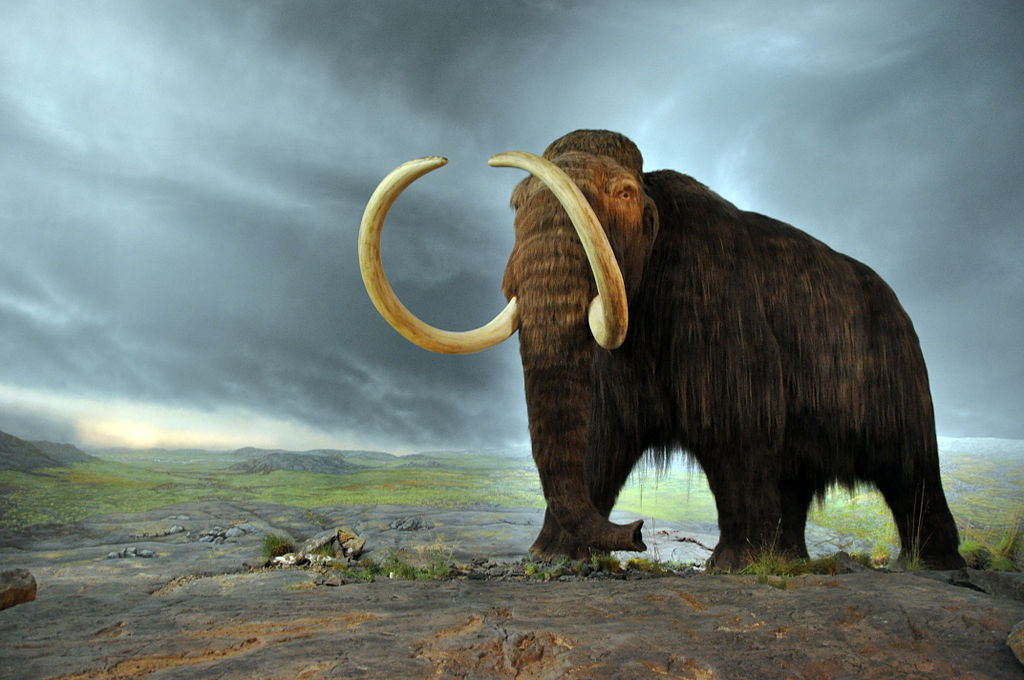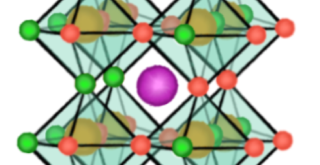The question refers to a paper published in 2008 by the RIKEN Center for Developmental Biology.
Actually, the purpose of the study wasn’t to revive dead animals, but rather to clone them using a process called somatic nuclear cell transfer. This is the process that was famously used to create Dolly the sheep and subsequently other cloned animals. It is a relatively simple, albeit technically demanding, technique that relies on luck as much an anything else. Basically, you remove the nucleus from an egg cell and replace it with the nucleus from any [itg-tooltip tooltip-content=”<p><strong>diploid: </strong>this means having 2 copies of each chromosome. Egg and sperm cells are <em>haploid</em>, and have one copy of each. For the cloning method to work, the donor nucleus needs to conatin 2 copies of each chromosome since the egg does not get fertilized.</p>”]diploid[/itg-tooltip] cell from donor that you want to clone. If all the planets align, the donor DNA will reprogram the egg cell, and it will eventually grow into a clone of the original donor.

A cloned mouse (brown) with its foster mother (white). The clone was produced from brain cells frozen for 16 years.
While very exciting, this technique is very inefficient, sometimes taking hundreds of tries before a clone survives. And even then, they are not actually genetically identical to the original donor because only the DNA from the donor nucleus is transferred, not the mitochondrial DNA (so the cloned animal will have mitochondrial DNA from the original egg cell, not the donor).
Since then, other more efficient cloning techniques have been developed. Unfortunately for extinct species like mammoths, these newer techniques require living cells. So if a mammoth that has been frozen for over 5-10 thousand years has a nucleus full of perfect and undamaged DNA, it may be possible to “revive” mammoths by using this technique and implanting the embryo into an elephant to grow until birth. But the chances of all of that happening are very low. No one has actually even succeeded in cloning an elephant yet, which would itself be a breakthrough and a step towards saving an animal that isn’t far from extinction.
Of course, this is very different from reviving a frozen (dead) mouse after 16 years. When cryogenic technology can do that, you can sign me up!
More Questions??
We’d like to start a regular post in which we answer your questions about RIKEN research or about our posts here on It Ain’t Magic. If you have one, please email us your question here: pr@riken.jp, or write your question in the comments section of this post.
The question refers to a paper published in 2008 by the RIKEN Center for Developmental Biology.
Actually, the purpose of the study wasn’t to revive dead animals, but rather to clone them using a process called somatic nuclear cell transfer. This is the process that was famously used to create Dolly the sheep and subsequently other cloned animals. It is a relatively simple, albeit technically demanding, technique that relies on luck as much an anything else. Basically, you remove the nucleus from an egg cell and replace it with the nucleus from any [itg-tooltip tooltip-content=”<p><strong>diploid: </strong>this means having 2 copies of each chromosome. Egg and sperm cells are <em>haploid</em>, and have one copy of each. For the cloning method to work, the donor nucleus needs to conatin 2 copies of each chromosome since the egg does not get fertilized.</p>”]diploid[/itg-tooltip] cell from donor that you want to clone. If all the planets align, the donor DNA will reprogram the egg cell, and it will eventually grow into a clone of the original donor.

A cloned mouse (brown) with its foster mother (white). The clone was produced from brain cells frozen for 16 years.
While very exciting, this technique is very inefficient, sometimes taking hundreds of tries before a clone survives. And even then, they are not actually genetically identical to the original donor because only the DNA from the donor nucleus is transferred, not the mitochondrial DNA (so the cloned animal will have mitochondrial DNA from the original egg cell, not the donor).
Since then, other more efficient cloning techniques have been developed. Unfortunately for extinct species like mammoths, these newer techniques require living cells. So if a mammoth that has been frozen for over 5-10 thousand years had a nucleus full of perfect and undamaged DNA, it may be possible to “revive” mammoths by using this technique and implanting the embryo into an elephant to grow until birth. But the chances of all of that happening are very low. No one has actually even succeeded in cloning an elephant yet, which would itself be a breakthrough and a step towards saving an animal that isn’t far from extinction.
Of course, this is very different from reviving a frozen (dead) mouse after 16 years. When cryogenic technology can do that, you can sign me up!
More Questions??
We’d like to start a regular post in which we answer your questions about RIKEN research or about our posts here on It Ain’t Magic. If you have one, please email us your question here: pr@riken.jp, or write your question in the comments section of this post.











